Home>Articles>How To Choose The Ideal Size For An Electrical Cord
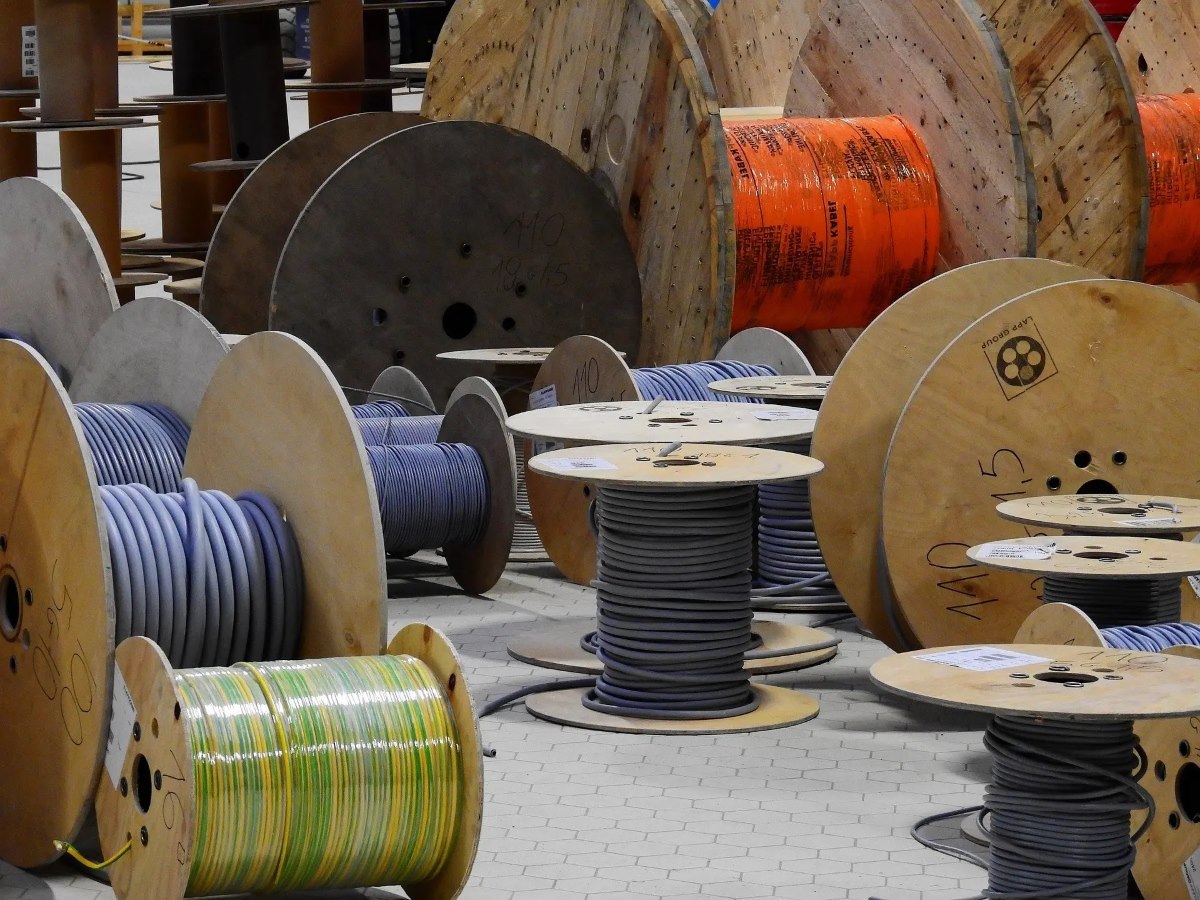

Articles
How To Choose The Ideal Size For An Electrical Cord
Modified: December 7, 2023
Discover the right size electrical cord for your needs with our informative articles. Learn about different cord gauges and their optimal usage.
(Many of the links in this article redirect to a specific reviewed product. Your purchase of these products through affiliate links helps to generate commission for Storables.com, at no extra cost. Learn more)
Introduction
Choosing the right size electrical cord is crucial for ensuring the safe and efficient operation of various appliances and devices. Whether you’re setting up a new workstation, utilizing power tools, or connecting appliances in your home, understanding the factors that influence cord size selection is essential.
In this article, we will explore the key considerations when it comes to choosing the right size electrical cord. We will discuss gauge sizes, the concept of voltage drop, and how to determine the proper cord size for specific appliances. By the end, you will have a solid understanding of what size electrical cord is needed for your various electrical needs.
Key Takeaways:
- Choosing the right electrical cord size is crucial for safety and efficiency. Consider factors like length, ampere rating, and gauge size to ensure optimal performance and minimize potential hazards.
- Understanding voltage drop is essential when selecting an electrical cord. By choosing the right gauge size and considering environmental factors, you can minimize voltage drop and ensure efficient power transmission for your appliances.
Read more: How To Choose Extension Cord
Factors to consider when choosing the size of an electrical cord
When selecting the size of an electrical cord, there are several important factors to consider. These factors play a significant role in ensuring the safety and efficiency of the electrical system. Let’s take a closer look at each one:
- Length of the cord: The length of the cord has a direct impact on the voltage drop. As the length increases, so does the resistance, leading to a higher voltage drop. It’s important to choose a cord that is the correct length for your specific application to minimize voltage drop.
- Ampere rating: Each electrical appliance or device has an ampere rating, which indicates the amount of electrical current it requires to operate. It is crucial to match the ampere rating of the cord with the ampere rating of the appliance to avoid overloading the circuit.
- Voltage rating: The voltage rating of the electrical cord should be suitable for the maximum voltage of the application. Using a cord with a lower voltage rating than required can lead to safety hazards and damage to the equipment.
- Type of insulation: Insulation plays a vital role in protecting the cord from physical damage and electrical hazards. Different applications may require different types of insulation, such as heat-resistant insulation for high-temperature environments or oil-resistant insulation for industrial settings.
- Environmental conditions: Consider the environmental conditions in which the cord will be used. Factors like temperature, moisture, and exposure to chemicals or oils can affect the performance and lifespan of the cord. It’s essential to choose a cord that is suitable for the specific environmental conditions.
By taking these factors into account, you can make an informed decision when choosing the size of an electrical cord. This will ensure that the cord is capable of safely and efficiently powering your appliances or devices.
Gauge sizes and their applications
The gauge size of an electrical cord refers to the thickness of its conductive wires. The size of the wire is crucial as it determines the amount of current that can flow through the cord without overheating. Generally, the smaller the gauge number, the thicker the wire and the higher the current-carrying capacity. Let’s explore common gauge sizes and their applications:
- 10-gauge: This is a heavy-duty gauge size commonly used for high-power applications. It is suitable for heavy-duty power tools, large appliances like electric stoves or dryers, and machinery with high power demands.
- 12-gauge: This gauge size is a versatile option suitable for a wide range of applications. It is commonly used for smaller power tools, home appliances, extension cords, and general household electrical needs, as it provides a good balance between current-carrying capacity and flexibility.
- 14-gauge: The 14-gauge wire is commonly used for light to medium-duty applications. It is suitable for lamps, smaller power tools, and low-power appliances. However, for longer cord lengths, it’s important to consider voltage drop as the 14-gauge wire may not be able to handle high current demands.
- 16-gauge: The 16-gauge wire is commonly used for light-duty applications. It is suitable for small appliances, audio equipment, and lighting fixtures. However, it is important to note that the 16-gauge wire has a limited current-carrying capacity, and using it for high-power devices may result in overheating.
- 18-gauge: This is a thin gauge wire commonly used for low-power applications. It is suitable for small electronic devices, computer peripherals, and low-voltage lighting.
When selecting the gauge size, consider the power requirements of your specific application. If in doubt, it is always recommended to choose a larger gauge size to ensure safe and efficient operation. Additionally, be aware of any local electrical codes or regulations that may dictate the minimum gauge size for specific applications.
Understanding the gauge sizes and their applications will help you select the appropriate electrical cord for your needs and ensure that your devices receive the necessary power without compromising safety.
When choosing an electrical cord size, consider the length of the cord and the power requirements of the device. Longer cords and higher power devices require thicker cords to prevent overheating and voltage drop. Use a wire gauge chart to determine the appropriate size.
Understanding voltage drop
Voltage drop is an important concept to understand when choosing the size of an electrical cord. It refers to the decrease in voltage that occurs when current flows through a wire with resistance. As the length of the cord increases or the current demand of the appliance goes up, the voltage drop becomes more significant.
Why is voltage drop important? Well, excessive voltage drop can lead to several issues, including reduced efficiency, decreased performance, and potential damage to appliances or devices. When the voltage drop is significant, the appliance may not receive the required voltage to operate optimally, resulting in a decrease in performance or functionality.
To calculate voltage drop, you need to consider the wire length, the current demand, and the wire gauge size. The longer the wire, the higher the resistance, and thus, the higher the voltage drop. Likewise, higher current demands generate more resistance and lead to increased voltage drop. Smaller gauge wires have higher resistance than larger gauge wires, so they can contribute to higher voltage drop.
It’s important to choose the right size electrical cord that mitigates excessive voltage drop. This involves selecting a cord with a sufficient gauge size to handle the current demand and length of the wire. By doing so, you can ensure that the appliances or devices receive the required voltage for optimal performance.
Additionally, it’s essential to consider the voltage rating of the cord itself. Using a cord with a lower voltage rating than required can exacerbate voltage drop and pose safety hazards. Always match the voltage rating of the cord to the maximum voltage of your application.
By understanding voltage drop and its implications, you can make informed decisions when choosing the size of an electrical cord. It allows you to select the appropriate cord to minimize voltage drop, promote optimal performance, and maintain the safety and efficiency of your electrical system.
Determining the proper size electrical cord for specific appliances
Choosing the proper size electrical cord for specific appliances is crucial to ensure their safe and efficient operation. Here are some steps to help you determine the appropriate cord size:
- Check the appliance’s ampere rating: Start by identifying the ampere rating of the appliance you intend to power. This information is usually found on the appliance’s label or in the user manual. The ampere rating indicates the amount of electrical current the appliance requires to function properly.
- Consider the length of the cord: Determine the length of the cord you will need to connect the appliance to the power source. Remember that longer cords can result in higher resistance and voltage drop. It’s essential to select a cord length that is appropriate for your specific setup.
- Calculate the voltage drop: Use an online voltage drop calculator or consult an electrician to determine the expected voltage drop based on the cord length, ampere rating, and wire gauge size. This will help you understand if the chosen cord size can handle the voltage drop within acceptable limits.
- Select the appropriate wire gauge size: Based on the calculated voltage drop and ampere rating of the appliance, choose a wire gauge size that can handle the current load without excessive voltage drop. It’s generally recommended to err on the side of caution and choose a larger gauge size to ensure proper functionality.
- Consider environmental factors: Take into account the environmental conditions in which the cord will be used. If it will be exposed to heat, moisture, chemicals, or oil, choose a cord with insulation that can withstand these conditions. This will ensure the longevity and safety of the cord.
By following these steps and considering the specific requirements of your appliances, you can determine the proper size electrical cord for each application. It’s essential to prioritize safety, efficiency, and compatibility to prevent any potential hazards or performance issues.
Remember that if you are unsure about the appropriate cord size for a particular appliance, it’s always a good idea to consult with a qualified electrician who can provide expert guidance and ensure compliance with local electrical codes and regulations.
Read more: What Is The Ideal Size For A Slow Cooker
Conclusion
Choosing the right size electrical cord is vital for the safe and efficient operation of appliances and devices. By considering factors such as length, ampere rating, voltage rating, insulation, and environmental conditions, you can make informed decisions to ensure optimal performance and minimize potential hazards.
Understanding the gauge sizes and their applications allows you to select the appropriate wire thickness for different power requirements. Whether it’s heavy-duty power tools that necessitate a 10-gauge cord or small electronic devices that can make do with an 18-gauge cord, choosing the right gauge size is crucial for safe and effective power transmission.
It’s also important to be aware of voltage drop and its implications. By selecting a cord with an adequate gauge size, you can minimize voltage drop, which can negatively impact the performance and efficiency of your appliances. Calculating voltage drop based on the cord length, ampere rating, and wire gauge size helps ensure that you choose a cord that can handle the expected load without excessive voltage drop.
To determine the proper size electrical cord for specific appliances, consider the ampere rating of the appliance, the length of the cord required, and calculate the voltage drop. Select a wire gauge size that can handle the current load and ensure the efficient functioning of the appliance. Additionally, take into account the environmental conditions in which the cord will be used to ensure the longevity and safety of the cord.
In conclusion, choosing the right size electrical cord involves careful consideration of various factors. By understanding the specific requirements of your appliances and following the steps outlined in this article, you can select the proper cord size that meets safety standards, promotes efficiency, and ensures the reliable operation of your electrical devices.
Frequently Asked Questions about How To Choose The Ideal Size For An Electrical Cord
Was this page helpful?
At Storables.com, we guarantee accurate and reliable information. Our content, validated by Expert Board Contributors, is crafted following stringent Editorial Policies. We're committed to providing you with well-researched, expert-backed insights for all your informational needs.

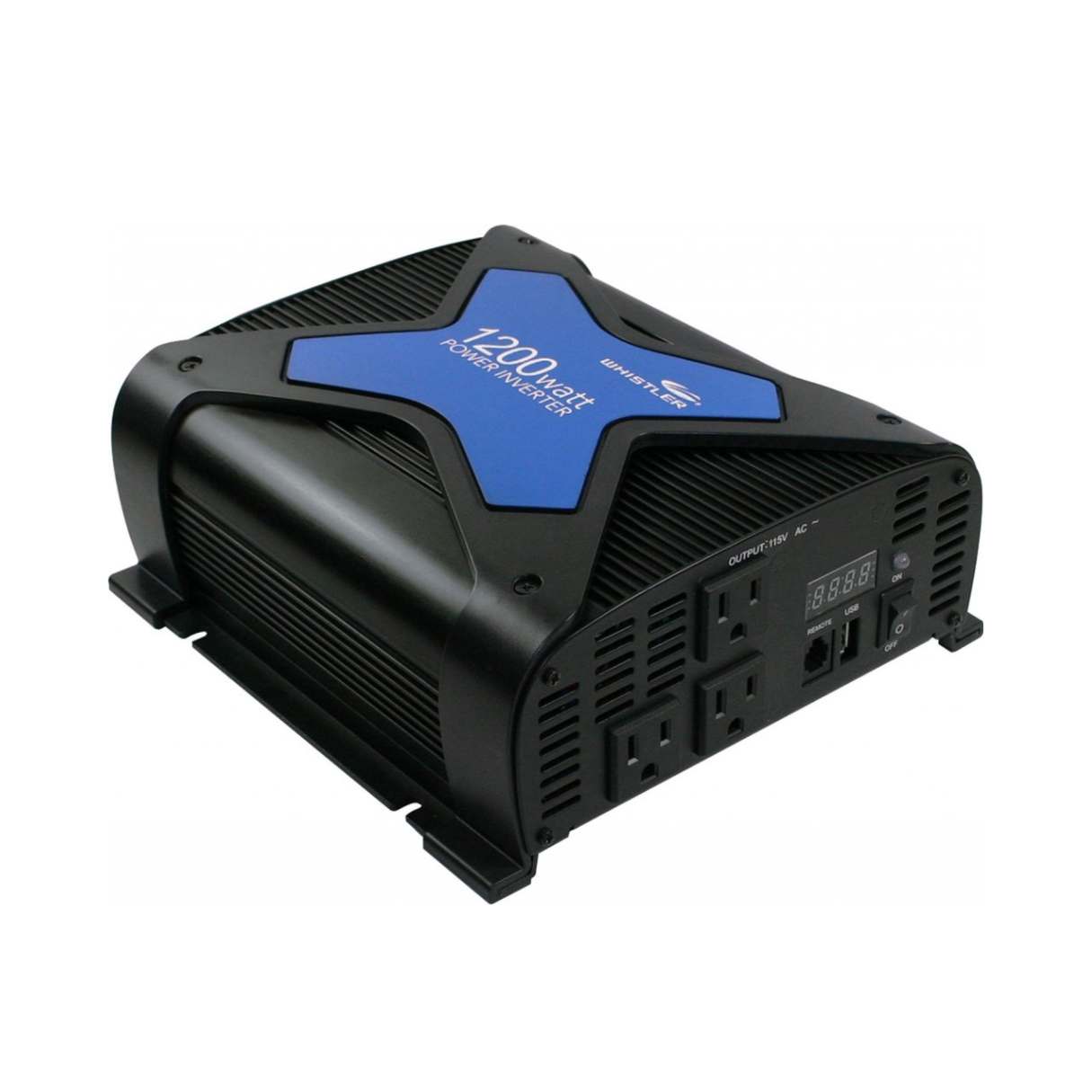


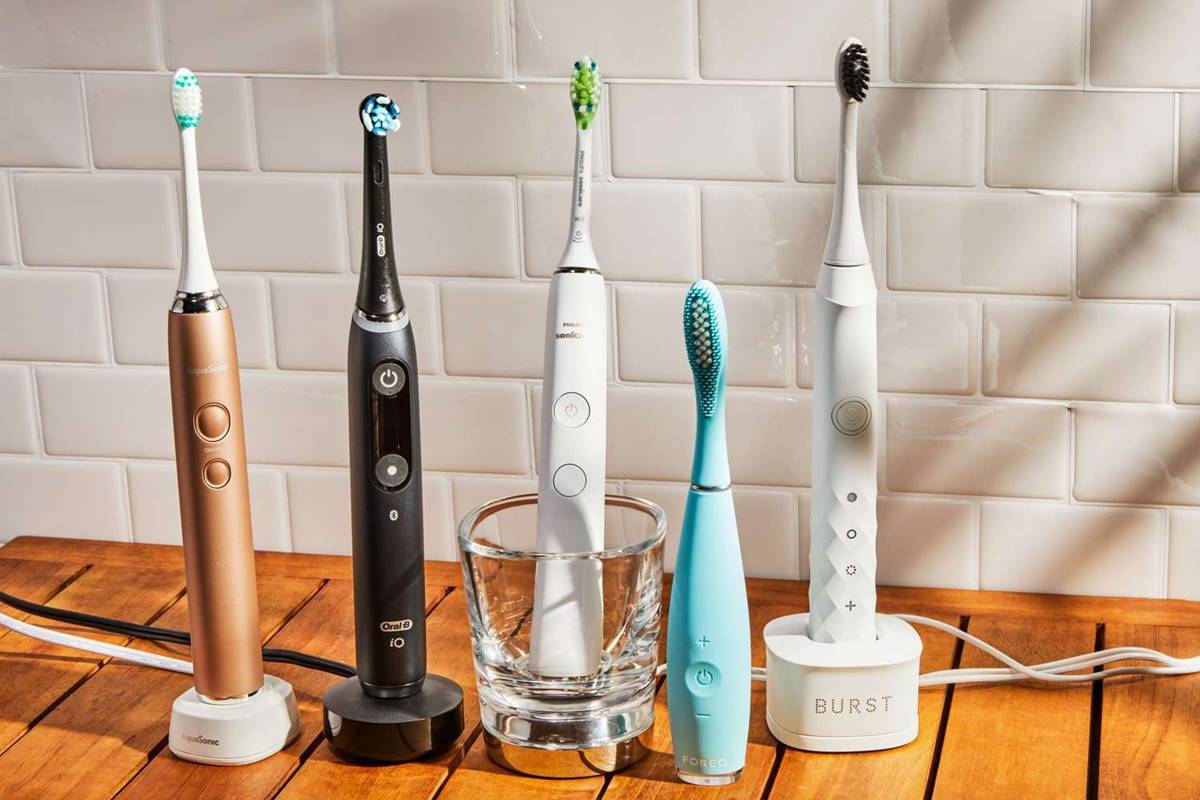

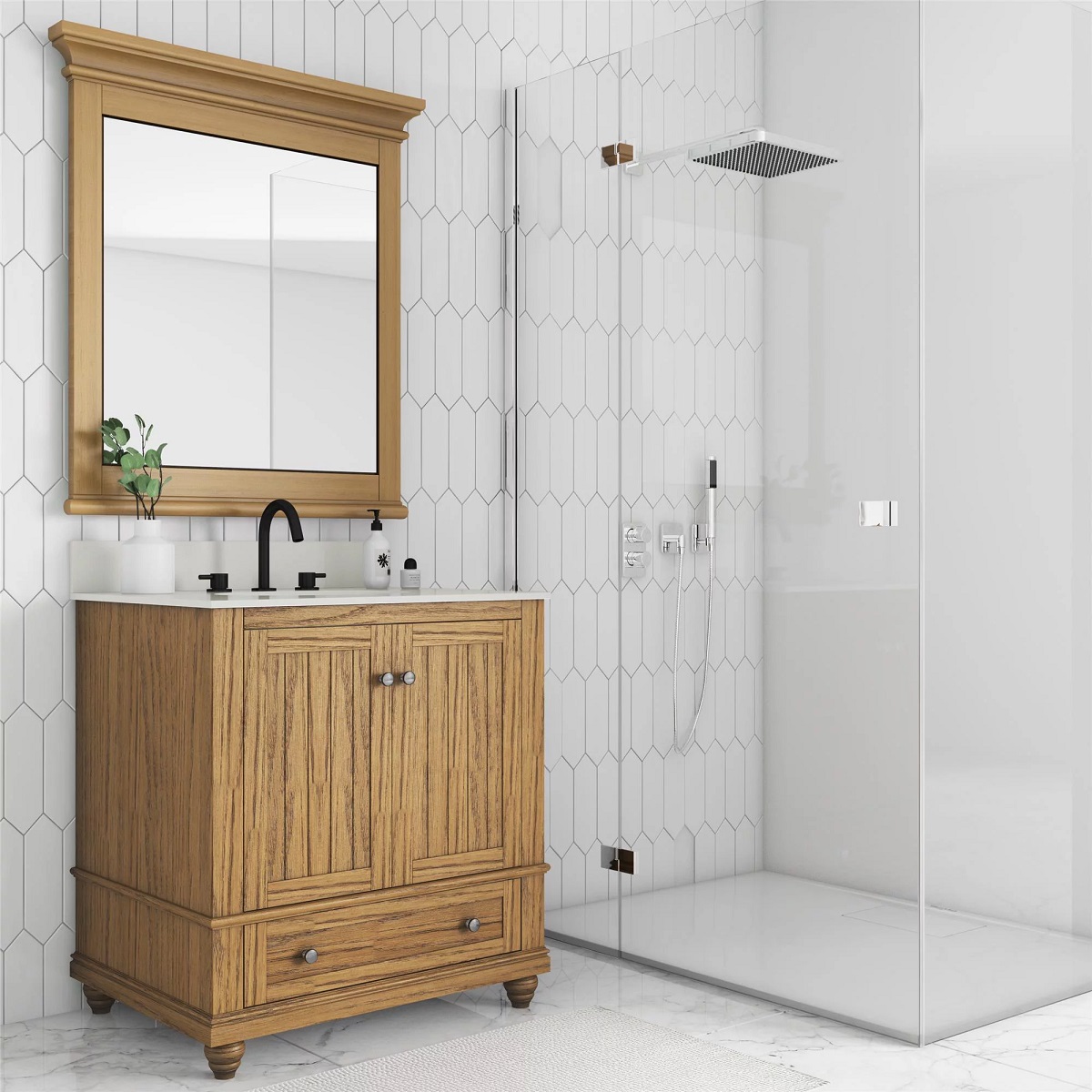

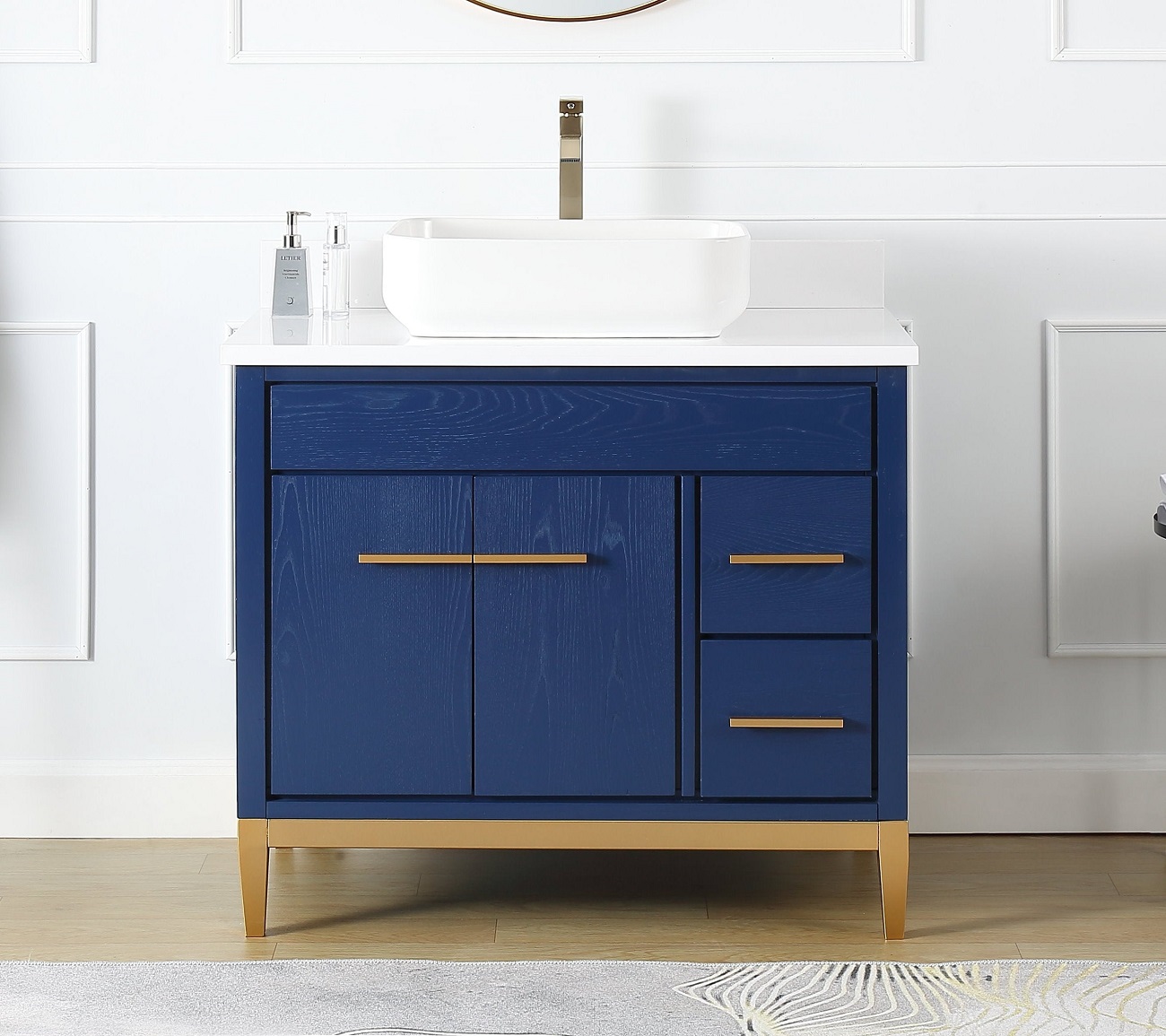
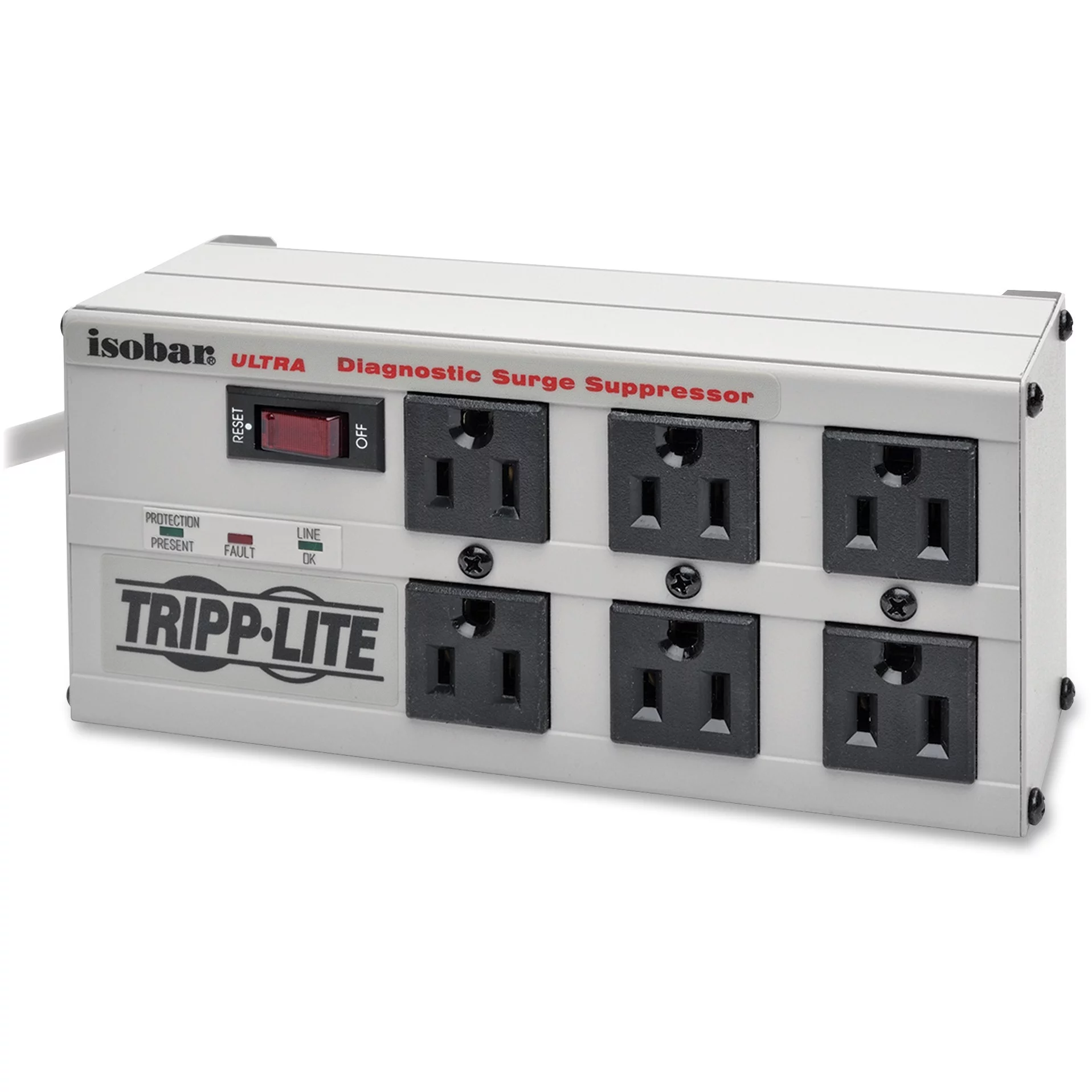


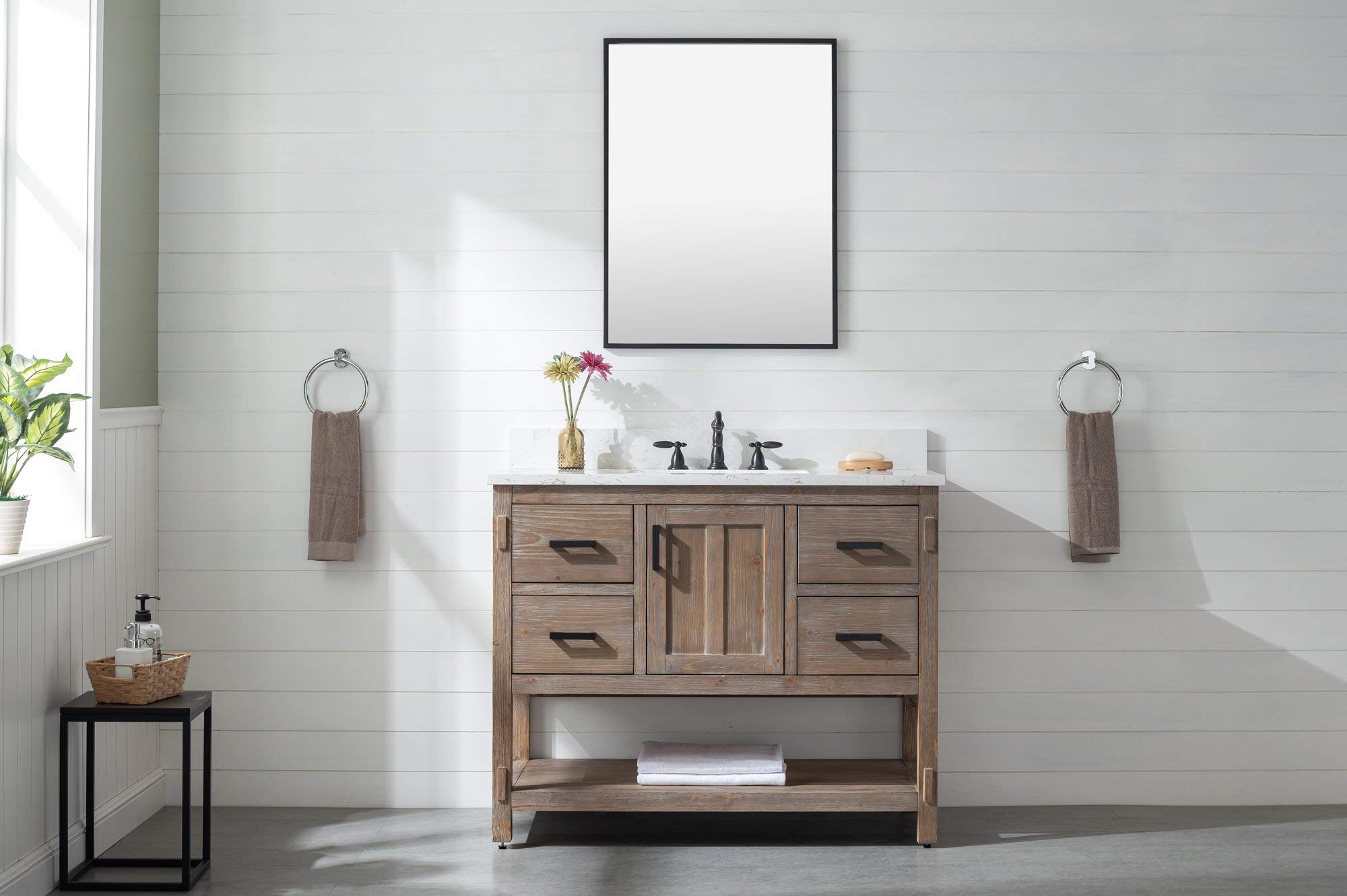
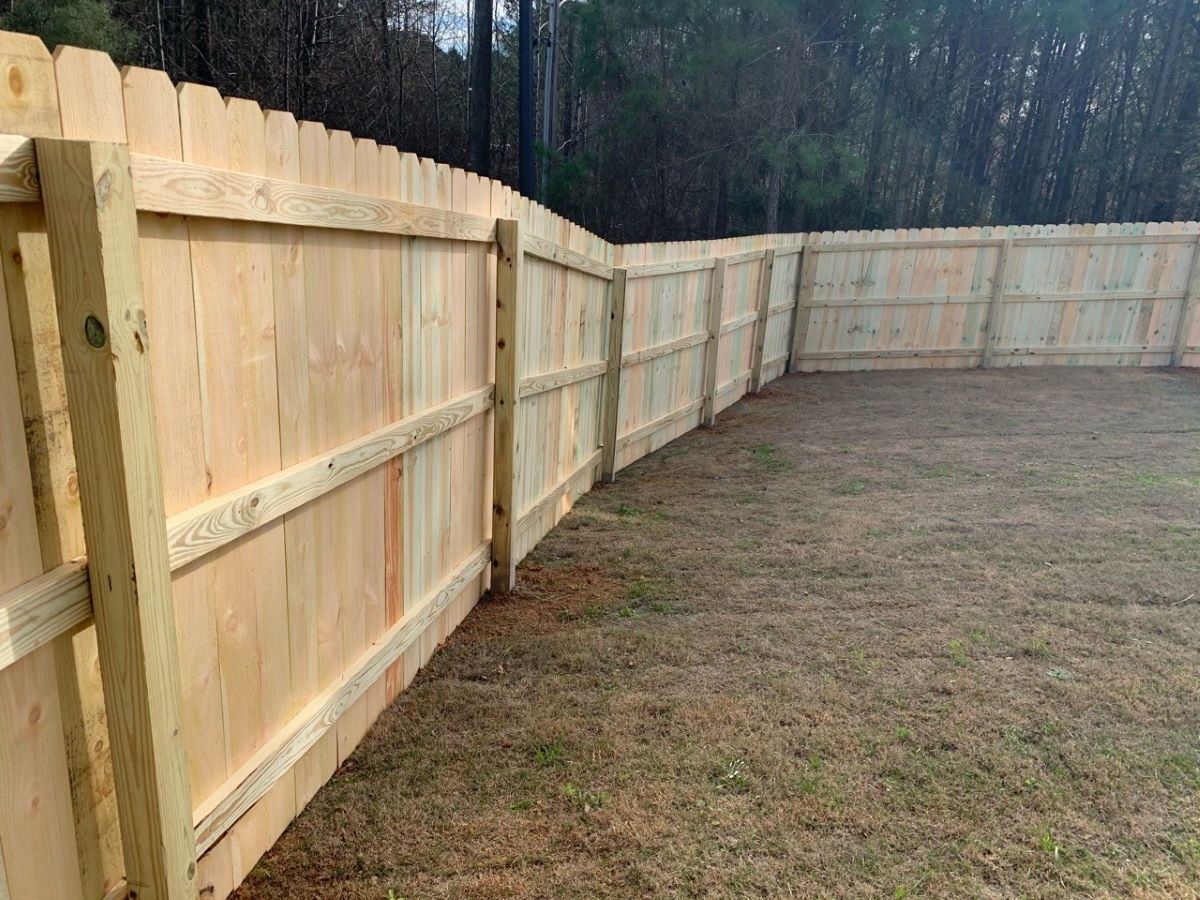

0 thoughts on “How To Choose The Ideal Size For An Electrical Cord”